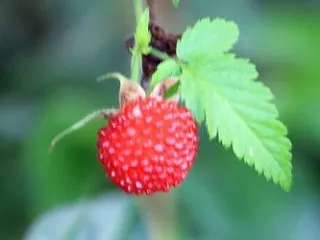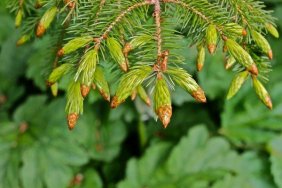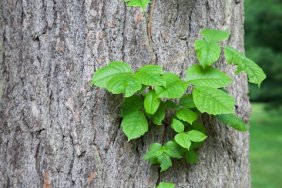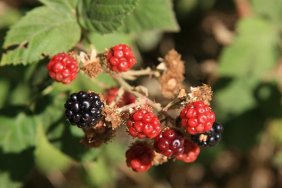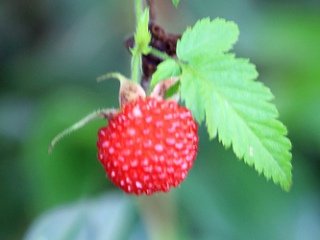 One of the pleasures of life in the words or on the trail is finding edible berries. Berries grow all over many wild areas all across the US, and the world. Knowing what edible berries grow in your area or the area you’re visiting is a good start, and plant identification field guides are invaluable if you don’t have someone with local knowledge to show you the ropes. Just remember the basic rule: when in doubt, don’t eat it. It’s also very important to teach children to never eat anything until you have approved it.
One of the pleasures of life in the words or on the trail is finding edible berries. Berries grow all over many wild areas all across the US, and the world. Knowing what edible berries grow in your area or the area you’re visiting is a good start, and plant identification field guides are invaluable if you don’t have someone with local knowledge to show you the ropes. Just remember the basic rule: when in doubt, don’t eat it. It’s also very important to teach children to never eat anything until you have approved it.
When using field guides, identify plants by their color, height, leaf size, leaf shape, and berry color and shape. Books often give very clear indicators for each species, and sometimes offer traits of similar plants which could potentially be mistaken for edible berries. Local people often know what wild berries are edible, so you might be familiar with some in your area. Blackberries are often common and easy to find and identify with their bumpy segmented shape. They grow on thorny bushes with lush green leaves. The berries are hard and red and grow into plump, black berries. These often get ripe later in the summer from August to September.
Another early producer is the thimbleberry, which grows in coastal regions. The leaves are large and maple-like, and the berries are bright red and resemble a thimble.
Wild salmon berries look similar to blackberries, but are an orange-pink berry as their name suggests. These also grow on thorny bushes with lighter leaves, often in the shade by creeks. Salmon berries are one of the first berries to ripen each year, usually in early May.
There are many other round berries you can find on hiking trails, including two kinds of huckleberries. The red huckleberry is a tiny, light red berry. The leaves are small and light green. The Cascade huckleberry grows at high elevations, has darker leaves and produces a larger, darker berry that tastes similar to a blackberry/blueberry mix.
Edible berries are sweet and juicy whereas poisonous ones are often small, hard and often bitter. Check with the local forest ranger station or other experts if you aren’t sure of identification. The berries on ivy are poisonous, along with yew, pokeweed and bittersweet. If you want to enjoy wild berries, just identify them with a book or the Internet, and start with ones that are easy to identify.
